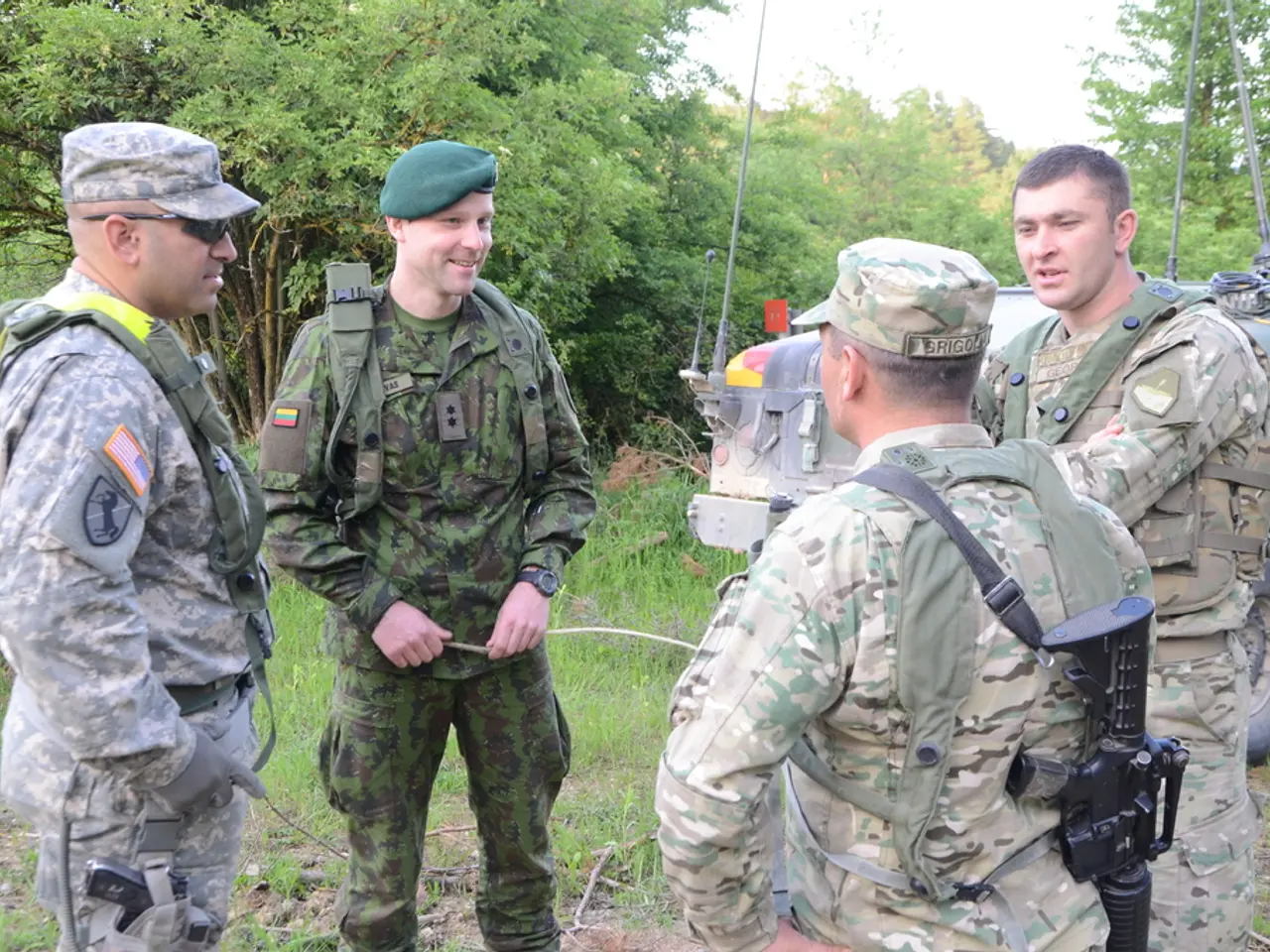Evolution of Army Followers: Generational Influence, Technological Advancements, and the Shaping of Future Military Leadership
In the fourth instalment of our five-part series on educating Army leaders for future war, we delve into the impact of generational traits on Army formations. As millennials take up senior roles and Gen Z becomes the battalion commanders by 2040, the landscape of Army leadership is set to undergo a significant transformation.
Gen Z, born between 1998 and 2016, is the Army's junior officers and enlisted members, as well as new recruits. Raised with the wars in Afghanistan and Iraq as a constant, they are comfortable with social media platforms like YouTube, Snapchat, and TikTok. On the other hand, Generation Y, or millennials, born between 1981 and 1997, currently populates the military's mid-career management tier.
The increased digital fluency of Gen Z has come at a cost to interpersonal communication skills. However, they prefer more inclusive leadership styles that provide them with context and personal meaning. Contrastingly, senior officers, primarily from Generation X, born between 1965 and 1980, might prioritise securing command, control, and communications systems when told to "dominate the information environment." Field-grade officers might focus on protecting cyberspace, securing data, and employing electronic warfare under the same order.
These differences in generational traits may ease some difficulties of future warfare but also create new challenges. For instance, younger Army officers might use social media platforms like TikTok to control the narrative and win the battle for influence when given the same order. Meanwhile, senior officers might struggle to adapt to the rapid pace of technological change and the increasing emphasis on trust in Army formations due to adversarial attacks targeting cognition, communications networks, and digital systems.
The Army's rigid personnel policies and promotion systems reinforce tendencies to select officers whose career experiences are comparable to their own, reproducing leaders that are far more similar to one another than they are different. This homogeneity could potentially hinder the Army's ability to adapt to the complexities of future warfare.
Despite being raised as social media users, Gen Z is no more adept at separating fact from fiction and identifying misinformation than older generations, and may be more susceptible to disinformation. Cognitive attacks against soldiers and their families will be the norm rather than an exception in the future. Failing to adapt the Army's culture to increase personal investment and make people feel less like a cog in a machine will have a profoundly negative impact on the Army's ability to retain the most talented officers and noncommissioned officers.
Establishing trust within and among units is essential for diminishing the effect of an enemy's disinformation and propaganda by preventing the seeds of doubt from being planted. The requirement for future Army leaders to individually prepare will never go away, but future warfare will likely place a premium on building trust, demonstrating empathy, and interpersonal communications skills that Army leaders across all generations struggle with today.
In conclusion, the Army's future leaders will need to navigate a complex landscape shaped by generational differences, technological advancements, and the evolving nature of warfare. Adapting the Army's culture, policies, and leadership styles to accommodate these changes will be crucial in ensuring the Army's continued success in the face of future challenges.
Read also:
- Peptide YY (PYY): Exploring its Role in Appetite Suppression, Intestinal Health, and Cognitive Links
- Toddler Health: Rotavirus Signs, Origins, and Potential Complications
- Digestive issues and heart discomfort: Root causes and associated health conditions
- House Infernos: Deadly Hazards Surpassing the Flames





